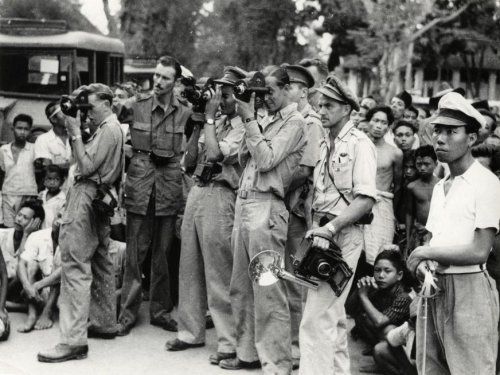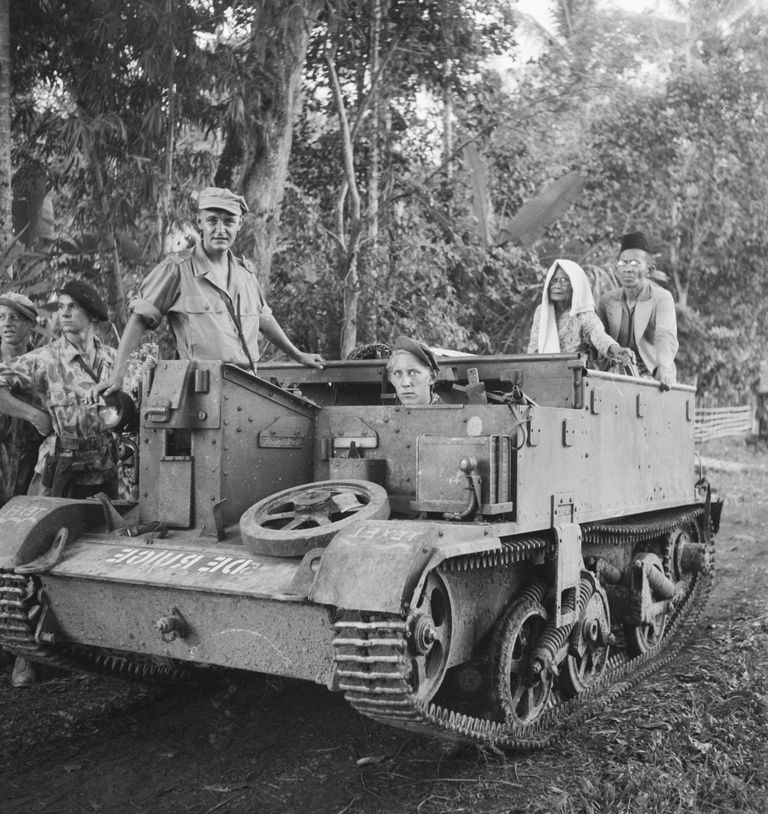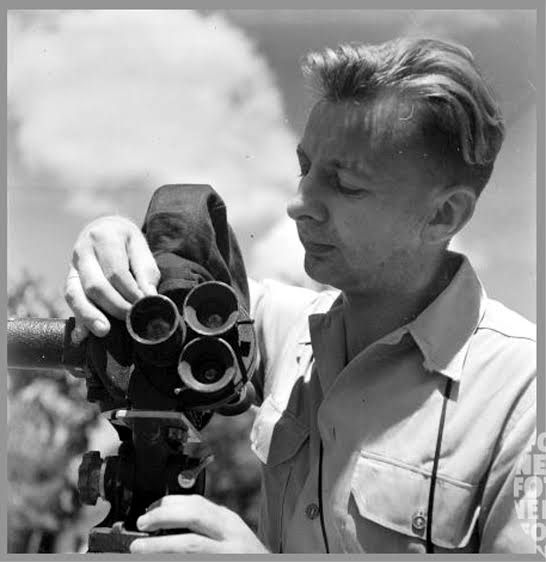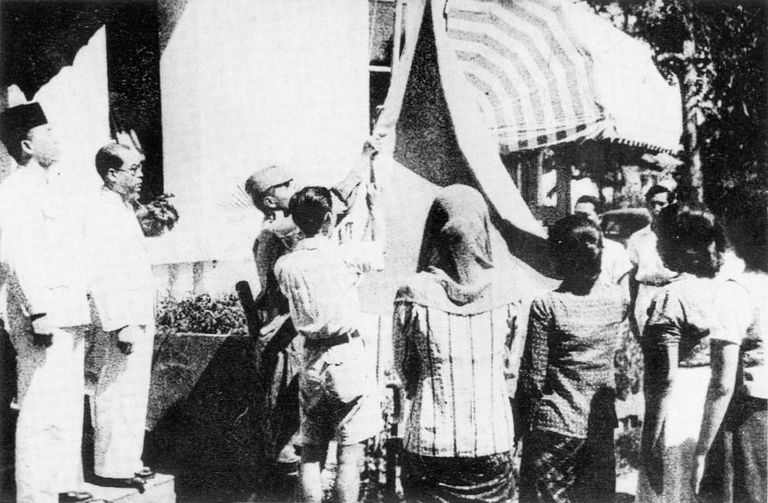
That long article is perhaps one of the best reports of all time from National Geographic magazine. The journalist was Ronald Stuart Kain, who since early 1948 had been covering the turmoil of the war in Java.
In his article in the 93th edition of National Geographic magazine (May 1948), he described the details of the war between the Indonesian fighters and the Dutch soldiers. So stunning. Descriptively, Kain also wrote down the background of the socio-political situation that occurred.
He didn't miss the revolutionary and raging atmosphere of war: refugees crammed into trains, long-haired paramilitary members pacing back and forth at train stations, as well as the complaints of young soldiers who were sick of war and homesick.
Rosihan Anwar once praised Kain as a journalist who was diligent in picking up fragments of the story behind the War of Independence (1945-1949). However, according to the legendary journalist, in that era it was not only Kain who took part in Indonesia. He cited Alfren van Sprang as one of them.
"Fred (Alfred van Sprang's nickname) was a Dutch journalist who was very pro-Dutch government. It would not be strange if I had polemics with him," said Rosihan.
Alfred van Sprang was a prominent war journalist who served in Indonesia (1946-1949). He was listed as a journalist who worked for the United States news agency, United Press. As a Dutch citizen, Sprang had special access to every Dutch military movement in Indonesia. Hiis report while attached to the 7 December Division in Java, he recorded it in a book entitled Wij Werden Geroepen (We Who Are Called).
During the First Police Action (the Indonesians called it the First Aggression), Sprang followed the movement of the Dutch troops from Klender to Karawang. He reported the battle between Indonesian fighters and the Dutch army almost from front to front. One of his most impressive reports was when he witnessed the tenacity of the HMOT troops (the Bumiputera militia recruited from among criminals and former Indonesian fighters) while fighting against a TNI battalion called the Red Bears.

There were three other journalists from the Netherlands who also participated in covering the Indonesian revolution. They werere famous war photographers, namely Hasselman, Hugo Wilmar and Charles Breijer. In contrast to Hasselman and Wilmar who can be called photographers who were always attached to the Dutch army movement, Breijer chose a 'neutral path'. His works can even be said to be more inclined towards the Republic.
"Breijer produced a lot of human interest photos regarding war situations in Java, including the suffering of the civilian people," said Rosihan.

French photographer Henri Cartier Bresson was also good at recording Indonesia's situation after the proclamation of 17 August 1945. Even one of his photo essays in LIFE Magazine entitled 'Young Men Are Both The Peril and The Hope' was one of the best reports about Indonesia revolution era. Bresson's access to the Republican camp was also strong. He was close to President Sukarno, Vice President Mochamad Hatta, Haji Agus Salim and Sri Sultan Hamengku Buwono IX.
The coverage of the Indonesian revolution, of course, was also carried out by local journalists. Indonesian journalists were always present to report on every incident from the battlefield. Besides Rosihan Anwar, Mochtar Lubis and IPPHOS photographers: Frans Mendoer, Alex Mendoer, J.K. Oembas, Alex Mamoesoeng, F.F. Oembas, Abdul Rachman and M. Jacob.
Rosihan and Mochtar's writings represented the voices of the Indonesian fighters. They crushed every brutal Dutch action who did not want Indonesia to become an independent nation. Apart from Rosihan and Mochtar, Alex Mendoer and his friends were also very active in reporting (via photos) the war situation in Jakarta, Surabaya, Tangerang, Batavia, Karawang, Bekasi and Yogyakarta.
"The Mendoer brothers were journalists who even managed to capture the reading of the proclamation of independence on August 17, 1945 in East Pegangsaan," said historian Rushdy Hoesein.

** Your post has been upvoted (11.46 %) **
Curation Trail is Open!
Join Trail Here
Delegate more BP for bigger Upvote + Daily BLURT 😉
Delegate BP Here
Upvote
https://blurtblock.herokuapp.com/blurt/upvote
Thank you 🙂 @tomoyan